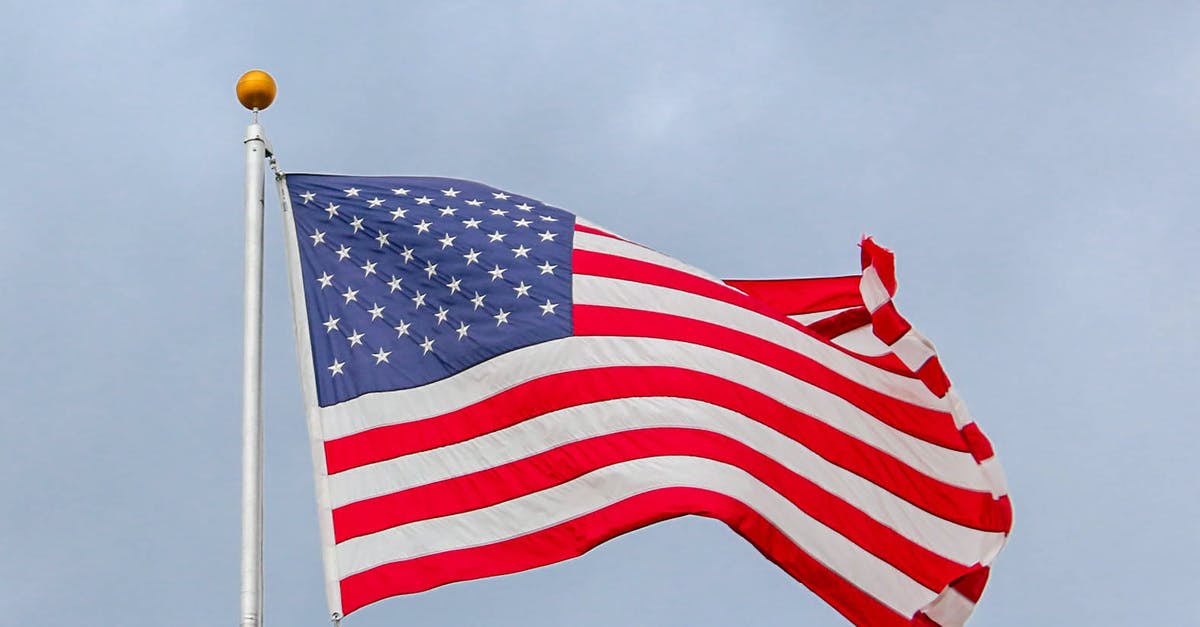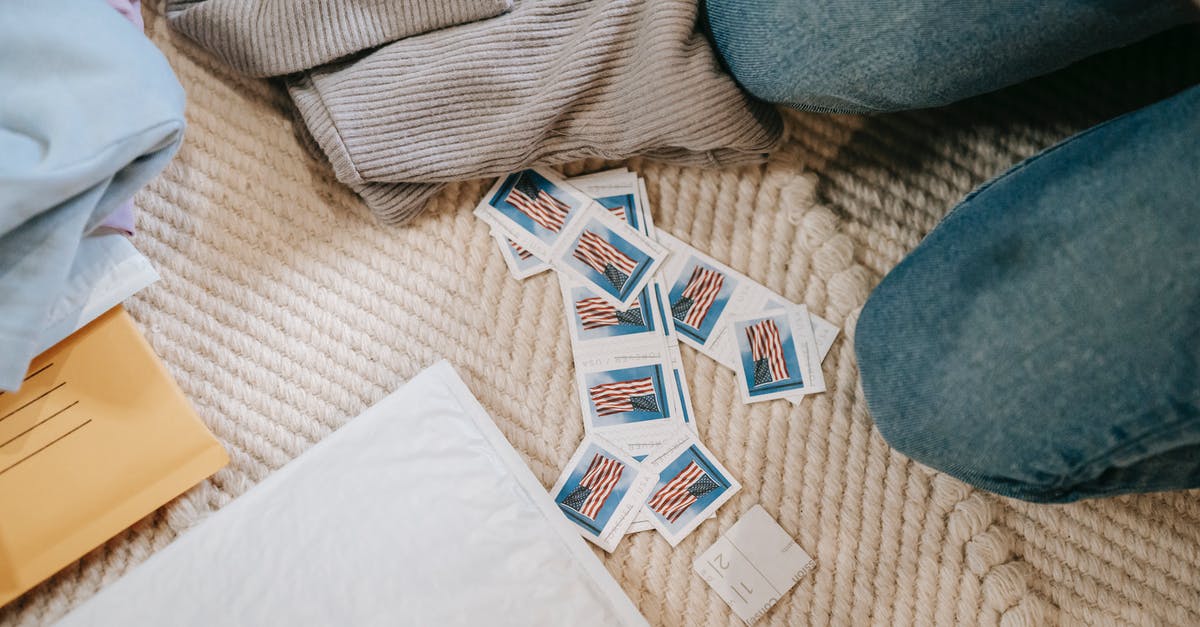What's the deal with "stamping" US visas?

I see many questions here refer to a US "visa stamp", or "getting a visa stamped" for the US, and I often find it difficult to imagine what is going on with this stamp.
Is it the visa sticker itself that is being referred to as a "stamp"? (This wouldn't be quite as crazy as it sounds -- a postage stamp is a sticker, after all -- but on the other hand such a usage is not evident for any other country's visa stickers).
Or is it the admission stamp in one's passport (showing immigration category and how long a stay one has been granted) that people call a "visa stamp", despite not actually being a visa?
Or do (some classes of?) US visas actually need to have some kind of ink stamp applied to them in order to be valid?
Best Answer
The confusion arises out of different terminology that some people use due to misconceptions about what a US "visa" is.
Technically, the "visa" is what some people call the "visa stamp", which is the physical sticker that is placed into the passport. A US visa is solely for traveling to the US to apply to enter. A US visa only has to be valid on the day of entry (for example, you can use a visa to enter the US on the day before it expires, or even on the day it expires).
After entry, how long you can stay in the US is determined by your "status", which lasts until the date on your I-94 that you are given on entry (which is electronic nowadays), and as long as you continue to satisfy the conditions of your status (e.g. for F-1 students, having a valid I-20 and continuing studies). Your visa's expiration date is completely irrelevant after entry.
This is very different from how some other countries work. In some other countries, your visa has to be valid during your stay. As a result of familiarity with how other countries do this, or as a result of popular misconceptions, people (even most Americans) will often incorrectly believe that you must have a valid "visa" to legally stay in the US, and that the visa is somehow a proof of your legal status.
There are many cases where people in some kind of long-term status will remain in status long after their visa expires, or will extend their status beyond their visa's expiration, or will change their status to a status that they did not have a visa for. For example
- F-1 students are admitted not until a specific date, but for "D/S", which means they remain in status indefinitely as long as they maintain their status. But F-1 visas are only for a limited length of validity, depending on nationality; for some nationalities it is one year or shorter.
- H-1b workers are admitted for the duration of their H-1b petition, but the petition can be extended while in the US. Their visa will expire at the expiration date of the original petition.
- F-1 students commonly change status while in the US to H-1b status. They only have their F-1 visas, and not H-1b visas.
In these cases, the person would not have a valid visa matching their current status in the US. If they ever want to leave the US and return to the US, they would need to apply for a new US visa from a US consulate abroad (it's generally impossible to get a US visa inside the US, because visas are only for entering the US).
For people who have the misconception that you must have a valid "visa" to legally stay in the US, the idea that you can have valid status in the US for long periods of time without a valid visa, until you need to leave the US, seems wrong. So instead, they use a different set of terminology that seems to be more consistent with their misconception:
- They refer to their status in the US or their I-94 as their "visa". They will say they "extended their visa" or "changed their visa" to refer to an "extension of status" or "change of status", respectively.
- They refer to the act of getting an actual visa from the US consulate as "visa stamping". They incorrectly believe that they already have a valid "visa" corresponding to their status, it's just not "stamped".
Pictures about "What's the deal with "stamping" US visas?"



Is the US giving out visas?
May 12, 2022. The coronavirus pandemic led to the suspension of U.S. visa services around the world. As restrictions start to ease, most U.S. embassies and consulates have resumed certain immigrant and nonimmigrant visa appointments.Why are US visa getting rejected?
An applicant's current and/or past actions, such as drug or criminal activities, as examples, may make the applicant ineligible for a visa. If denied a visa, in most cases the applicant is notified of the section of law which applies.Minecraft wait what meme part 261 (Scary Zombie)
More answers regarding what's the deal with "stamping" US visas?
Answer 2
The physical visa in a passport is frequently referred to by a number of names. For US visas, the term "Stamp" is commonly used, whilst for other countries it might be a "foil" or a "sticker". The term "stamp" dates back to the days when Visas generally were a full-page stamp, which would then have the details of the visa written into boxes/areas within the stamp.
Thus the process of having a visa "stamp" physically placed into your passport is common referred to as "Stamping".
The main reason this term is frequently used is due to the way that many US visas are issued, especially for work visas, where there is largely a distinction between the application phase (which can often be done remotely, and is normally done by an employer or an immigration lawyer), and then actually receiving the visa stamp itself which needs to be done in person at a US consulate outside of the US. People will normally refer to the second step of this process as their "Visa Stamping".
Sources: Stack Exchange - This article follows the attribution requirements of Stack Exchange and is licensed under CC BY-SA 3.0.
Images: Element5 Digital, Josh Hild, Aaron Burden, Liza Summer
